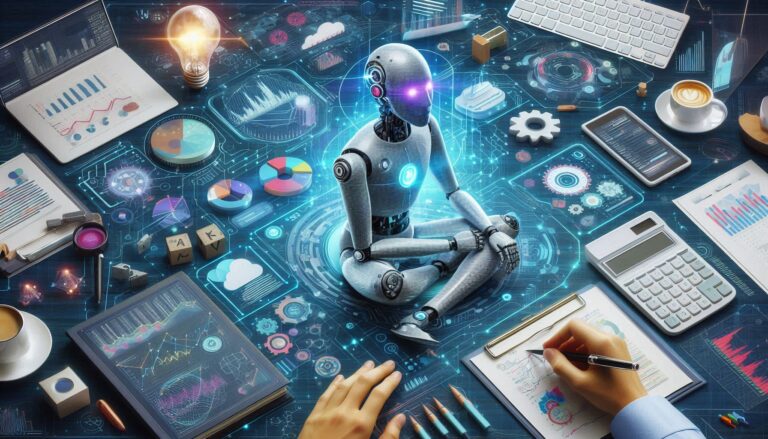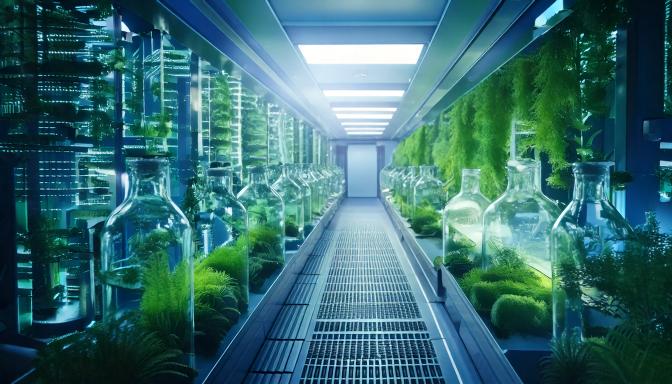Sustainable Development in High-Tech: How Innovations Can Impact the Environment
In the face of global climate challenges, the technology sector plays a crucial role in the transformation towards sustainable development. High-tech innovations not only revolutionize industry but also offer solutions to environmental problems, from reducing CO2 emissions and waste to conserving natural resources and improving energy efficiency. Here are 10 of the most groundbreaking innovations in recent years:
Breakthrough Eco-Friendly Innovations
- Quantum Dots in Solar Panels
- Biodegradable Batteries
- MIT innovation: protein-based batteries
- Natural decomposition after end of life cycle
- Status: Research phase
- Prototypes in MIT laboratory
- No mass production yet
- Estimated time to commercialization: 3-5 years
- Zero toxic waste
- Vertical Farming 2.0
- Intelligent vertical cultivation systems
- 95% reduction in water usage
- Status: Fully implemented
- AeroFarms – operating farms in the USA
- Plenty in San Francisco, Bowery Farming in several US cities
- Spread in Japan – world’s largest vertical farm
- AI control optimizing growth
- Carbon Capture Technologies
- Industrial CO2 capture systems
- Conversion to usable materials
- Status: Partially implemented
- Climeworks launched largest installation in Iceland (Orca)
- Carbon Engineering building installations in Texas
- 40% emission reduction
- Smart Grid Networks
- Intelligent energy networks – optimization of energy distribution
- Status: In implementation
- Advanced implementations in Denmark, Netherlands
- In the USA, about 75% of the grid has smart grid elements
- China currently implementing the world’s largest smart grid project
- 30% reduction in transmission losses
- Ocean Cleanup Technology
- Autonomous ocean cleaning systems
- AI for pollution identification
- Status: In testing phase and first implementations
- The Ocean Cleanup system operates in the Pacific
- Interceptor – river cleaning system – operates in Asia
- Recycling of collected plastics
- Green Computing
- Energy-efficient processors, passive cooling
- Status: Fully implemented and developing
- Google, Microsoft, Amazon use in data centers
- Apple achieved 100% renewable energy in its operations
- CPU manufacturers (Intel, AMD) regularly increase energy efficiency
- Optimization of energy consumption in data centers
- Biotechnological Water Treatment
- Microorganisms removing contaminants
- Status: Partially implemented
- Operating in some wastewater treatment plants in Europe
- Aquaporin implementing biomimetic membranes
- Full biodegradability
- Smart Building Materials
- Self-healing concrete
- Photocatalytic coatings purifying air
- Status: Early commercialization phase
- Self-healing concrete – first implementations in the Netherlands
- Photocatalytic coatings – commercially available (e.g., Active by Italcementi)
- Thermoregulatory materials – in testing phase
- E-waste Recycling Robots
- Automatic sorting of electronic waste
- Recovery of rare elements
- Status: First implementations
- Apple’s Daisy – robot for iPhone recycling
- Volvo testing robots for vehicle dismantling
- Technology still in development phase
- Reduction of recycling costs
The Future of Sustainable Development
Experts predict that by 2030: 60% of energy will come from renewable sources, four-fifths of electronic waste will be recycled, and CO2 emissions will be reduced by half.







